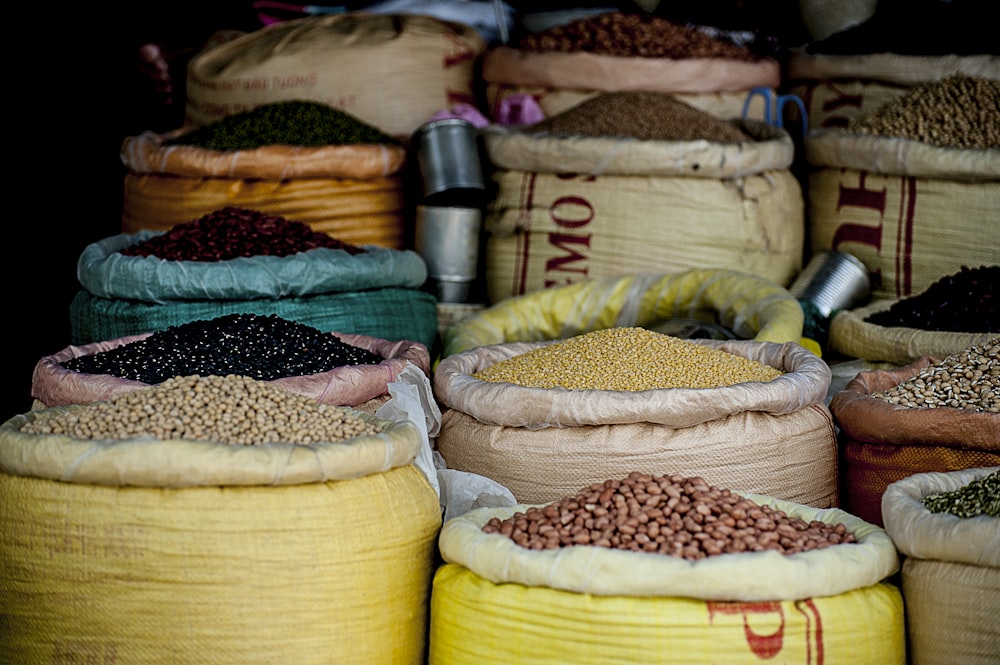Investing In Food‑Waste Solutions: Market Signals And Leaders To Watch
Image Source: Unsplash
For investors, 2025 brought both clearer economics and stronger policy signals. ReFED’s 2025 report estimates that the United States continues to waste or leave unsold ~31% of the food supply, with surplus food valued at $382 billion and responsible for ~4% of national greenhouse‑gas emissions, which makes waste prevention a practical path to margin protection and decarbonization.
In parallel, the EPA’s April 2025 report quantified what that means at the household level; $728 per person per year, which reinforces consumer‑facing payoffs from better forecasting, packaging, and cold‑chain discipline.
Capital needs and returns are also coming into sharper focus. Analyses summarizing the 2025 ReFED outlook suggest that investing roughly $15–16 billion annually in proven solutions over the next decade could divert ~18–20 million tons of food and generate ~3.8–4.0× in net economic benefit, numbers that place waste prevention among the highest‑return climate and efficiency opportunities available to retailers, manufacturers, and food‑service groups.
This framing fits what general partners and corporates report: the most attractive plays are not moonshots but scalable, interoperable tools that reduce shrink and working‑capital drag without disrupting operations.
Finally, regulation is turning momentum into obligation in key markets. In September 2025, the European Parliament adopted binding national food‑waste targets; 10% cuts in processing/manufacturing and 30% per‑capita cuts across retail, food‑service, and households by 2030, which will catalyze investment in measurement, donation, and prevention infrastructure across member states.
In the U.S., the June 2024 National Strategy continues to guide agencies and private partners toward a 50% reduction by 2030, while the May 2025 update to EPA’s AP‑42 landfill emissions factors tightens the technical basis for methane accounting and reinforces the value of upstream prevention.
Mini data snapshot (last 12 months)
|
Signal |
Latest figure |
Where/when |
Source |
|
Consumer‑level cost |
$728/person/year |
EPA, Apr 2025 |
|
|
U.S. surplus food value |
$382 B (2023) |
ReFED, Feb 2025 |
|
|
Investment need & ROI |
$15–16 B/yr; ~3.8–4.0× |
ReFED‑based summaries, 2025 |
|
|
EU binding targets |
10% / 30% by 2030 |
EP adoption, Sep 2025 |
|
|
U.S. technical update |
AP‑42 landfill factors updated |
EPA, May 2025 |
Waste reduction is moving from “nice to have” initiative to a clear operational and investment theme, because the economics now tie directly to throughput, labor efficiency, and emissions performance. As measurement improves and prevention tools scale, buyers and investors increasingly evaluate companies on how effectively they protect product value throughout the chain. This investment‑style overview follows the same logical arc used in your climate‑tech investing piece market dynamics, where returns appear, and three to five representative leaders.
The investment landscape in waste prevention
Capital has flowed toward platforms that address root causes rather than downstream diversion, because prevention avoids re‑handling costs and quality penalties. Retailers and manufacturers are also motivated by emerging disclosure norms and by customer expectations that align with simple, credible waste metrics. As reporting gets better, portfolio managers can compare progress across peers, which rewards durable, process‑centric improvements instead of one‑off pilots.
Where returns can emerge
Returns tend to show up first in categories with tough cold‑chain or forecasting challenges, because small fixes have outsized effects on spoilage and markdowns. Investors also see promise where marketplace dynamics can unlock stranded supply without adding friction for frontline teams. Finally, ingredient science and packaging can extend shelf life in ways that support both quality and recyclability aims, which strengthens long‑term competitiveness.
Five leaders to watch
1. Carrier Global (NYSE: CARR)
Carrier’s refrigeration and telematics offerings strengthen mobile and facility cold‑chain performance, which reduces quality drift and date‑code losses across long routes. Connectivity gives operators earlier signals when temperatures deviate, protecting high‑value loads without overcorrecting.
2. ICL Group (NYSE: ICL; TASE: ICL)
ICL’s perspective on waste clarifies the operational sources of hidden costs and highlights practical prevention levers inside plants and along the chain. By connecting ingredient science, process reliability, and sustainability targets, ICL helps decision‑makers choose changes that deliver both financial and environmental benefits.
3. Kroger (NYSE: KR)
Kroger’s “Zero Hunger | Zero Waste” initiative pairs donation programs with operational changes that reduce shrink before it occurs, aligning social impact with margin protection. Because the company runs at scale, process improvements and partnerships can spread quickly across markets.
4. Nestlé (SIX: NESN)
Nestlé discloses progress on food loss reduction and uses packaging and process redesign to protect quality while meeting sustainability targets. The company’s size and R&D depth allow it to convert by‑products into ingredients, promoting circularity within manufacturing networks.
5. Walmart (NYSE: WMT)
Walmart advances waste reduction through supplier engagement, diversion and donation programs, and data‑driven work on store execution and forecasting. Its scale helps normalize better practices and spreads training across large frontline teams and vendor networks.
Conclusion
Waste prevention has matured into a defensible operating strategy with clear ties to cost, resilience, and reputation, which is why the theme appears more often in capital allocation discussions. The leaders highlighted here show how cold‑chain reliability, marketplace design, packaging, and ingredient science can move metrics in the right direction without complicating operations.
More By This Author:
5 Companies Leading The Alternative Protein Revolution And Driving Sustainable Nutrition
5 Companies Delivering Food Security
Investing In China Stocks Through ADRs And 3 Interesting Picks
Disclosure: If not otherwise explicitly mentioned in the body of the article, at the time of writing, the author has no position in any stock mentioned in this article and no business ...
more



